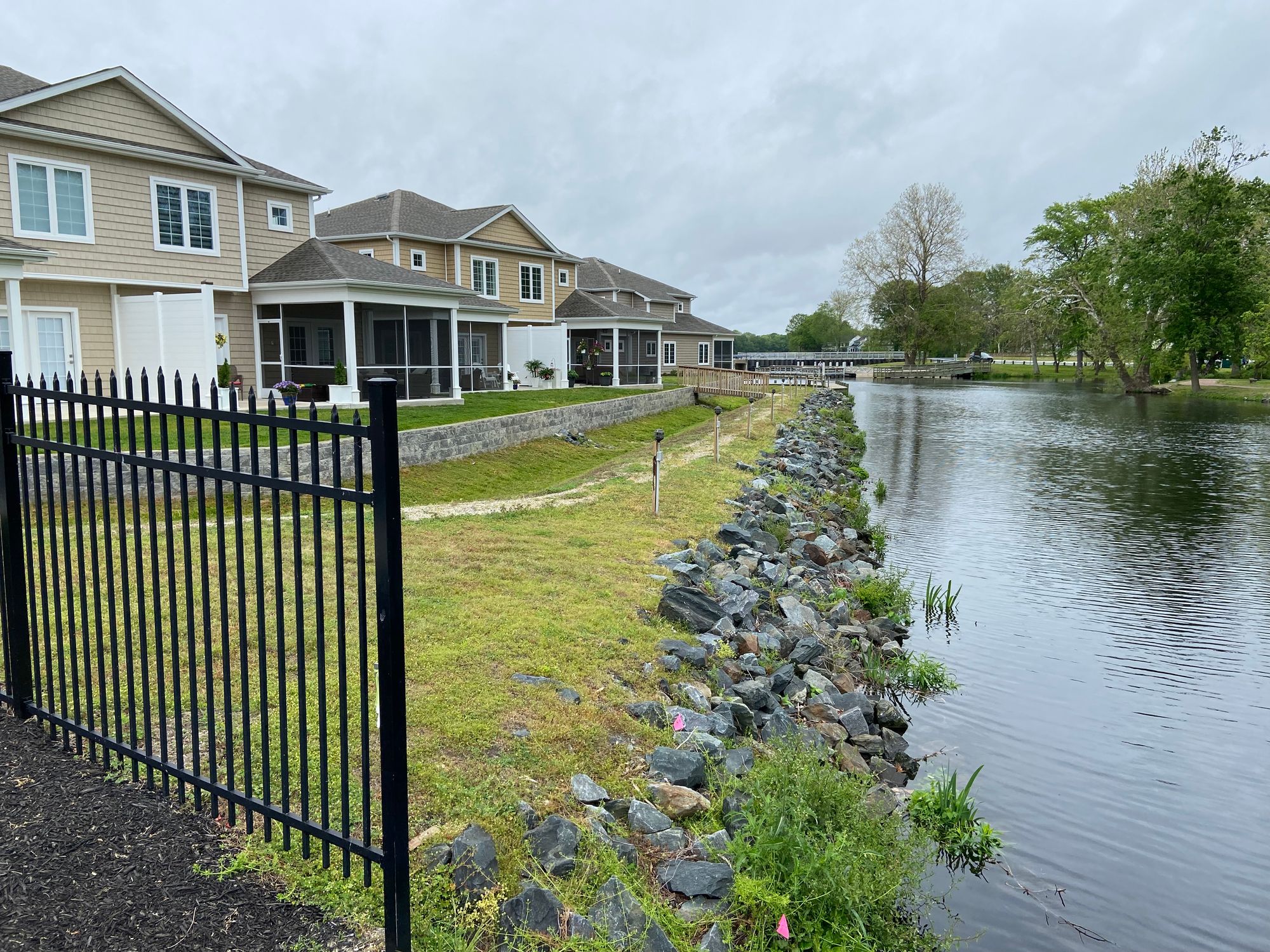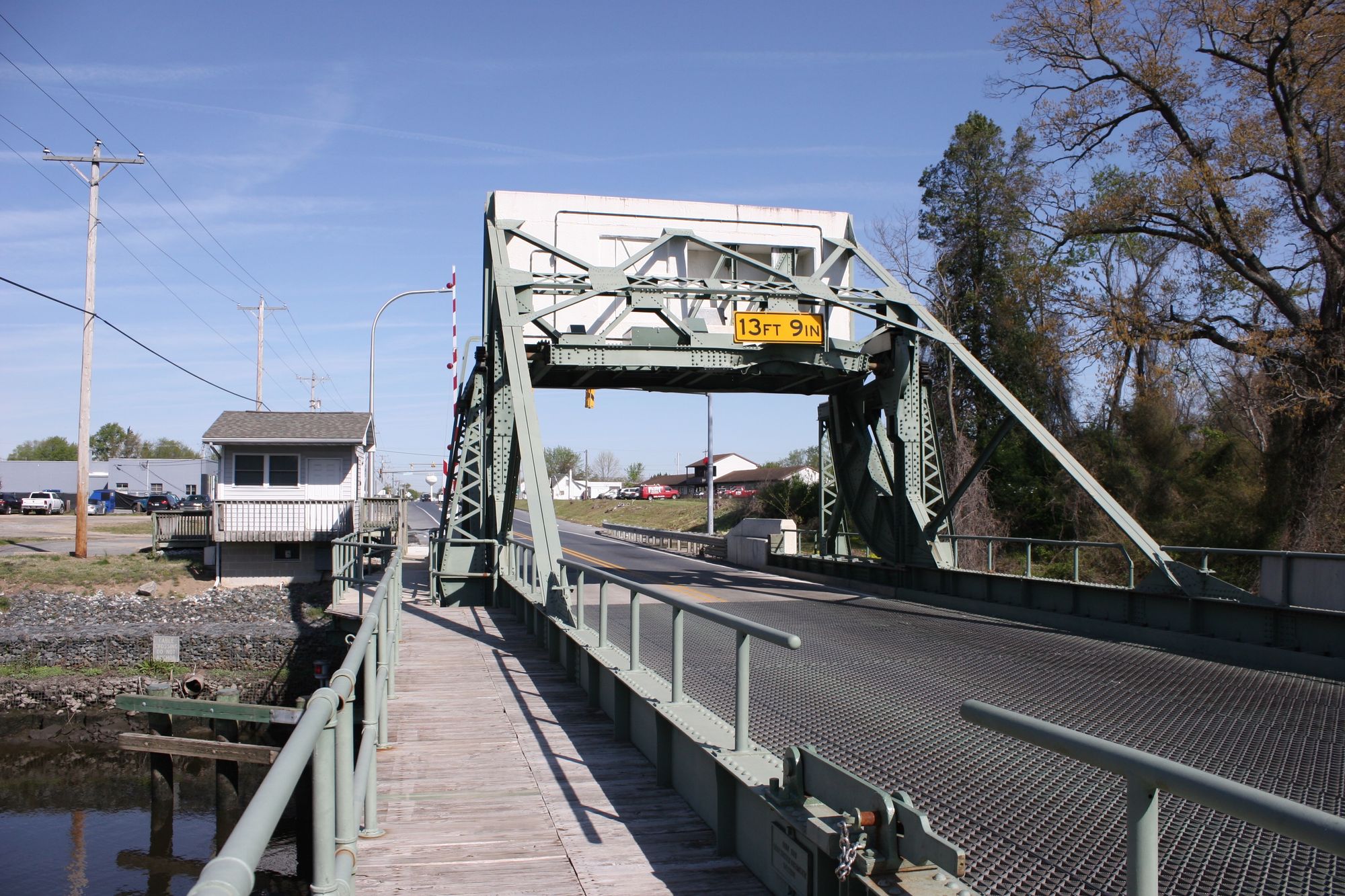Oyster farming in Delaware isn't meeting its potential, some say. Here's why
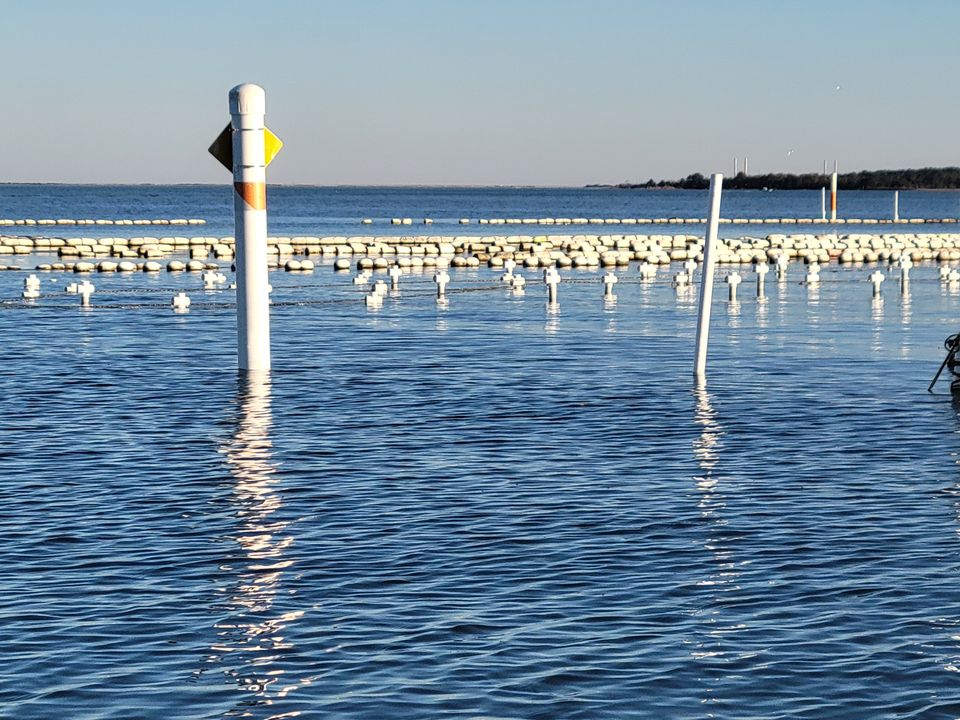
Can oyster farming be the next big thing for southern Delaware agriculture? Advocates think so, but some say barriers are keeping the young industry from taking off.
The vision of Delaware oyster farmers is to clean up local water and tap into a booming business opportunity at the same time. Since 2017, they have been tending acres of oysters in cages in the Indian River and Rehoboth bays, which are separated from the ocean by a thin strip of land along the state’s southeastern coast.
Diners want locally grown food, and world demand for seafood is straining an ever more depleted wild fishery. That, advocates say, means a big opportunity for Delaware. Yet if anything, the number of oyster growers in Delaware is shrinking rather than growing.
What gives? Oyster farmers say they are facing a number of thorny challenges including difficulty getting their oysters to market, supply shortages, and what they see as state overregulation that’s holding them back and making it too hard for new farmers to come into the business.
The promise of a new industry
Ed Hale studies oysters and aquaculture, and he likes what he sees.
“We know it benefits the environment. We know it benefits the economy. We know it improves our local waterways. So it’s very much one of these practices that is completely a win-win-win-win,” the University of Delaware researcher with Delaware Sea Grant told a group of local business owners last month.
Oysters don’t draw rapt photographers and sightseers like other area wildlife. Only their mothers, or oyster aficionados, might describe them as beautiful, but they are natural water filters and a key part of tidal habitat.
Just one adult oyster can filter 45 gallons of water a day when it's actively feeding, Hale says. Their natural reefs, as well as oyster farms, provide valuable habitat for species like blue crabs and striped bass and many more.
The United States, Hale said, imports most of its seafood and has a seafood trade deficit in the billions of dollars. That means people eating seafood at local restaurants may be getting their shrimp or their cream of crab soup from Asia or somewhere else, even though Delaware borders the Atlantic Ocean.
At the same time, even as global demand for seafood grows, “wild fisheries cannot expand much more,” Hale said. (Some, in fact, would say that they are in crisis already.)
On the other hand, the outlook for aquaculture is rosy. Global trends suggest the industry has the potential for 8 percent growth per year, Hale said.
There is absolutely room for more locally grown oysters on restaurant menus at Delaware’s beaches, according to Mike Dickinson, vice president of SoDel Concepts, which owns 16 area restaurants.
This time of year, he said, they’re serving 25,000 to 30,000 guests a week at their restaurants, and in the summer it will spike to 45,000 to 50,000 a week.
And many of those incoming guests are influenced by the “buy local” movement in the food industry.
“When people come here for a vacation, they don’t want to eat what they can eat at home … you want to eat something that has a true sense of place,” Dickinson said. “... People want an experience and they want to be able to tell a story about where they’ve gone and what they’ve eaten.”
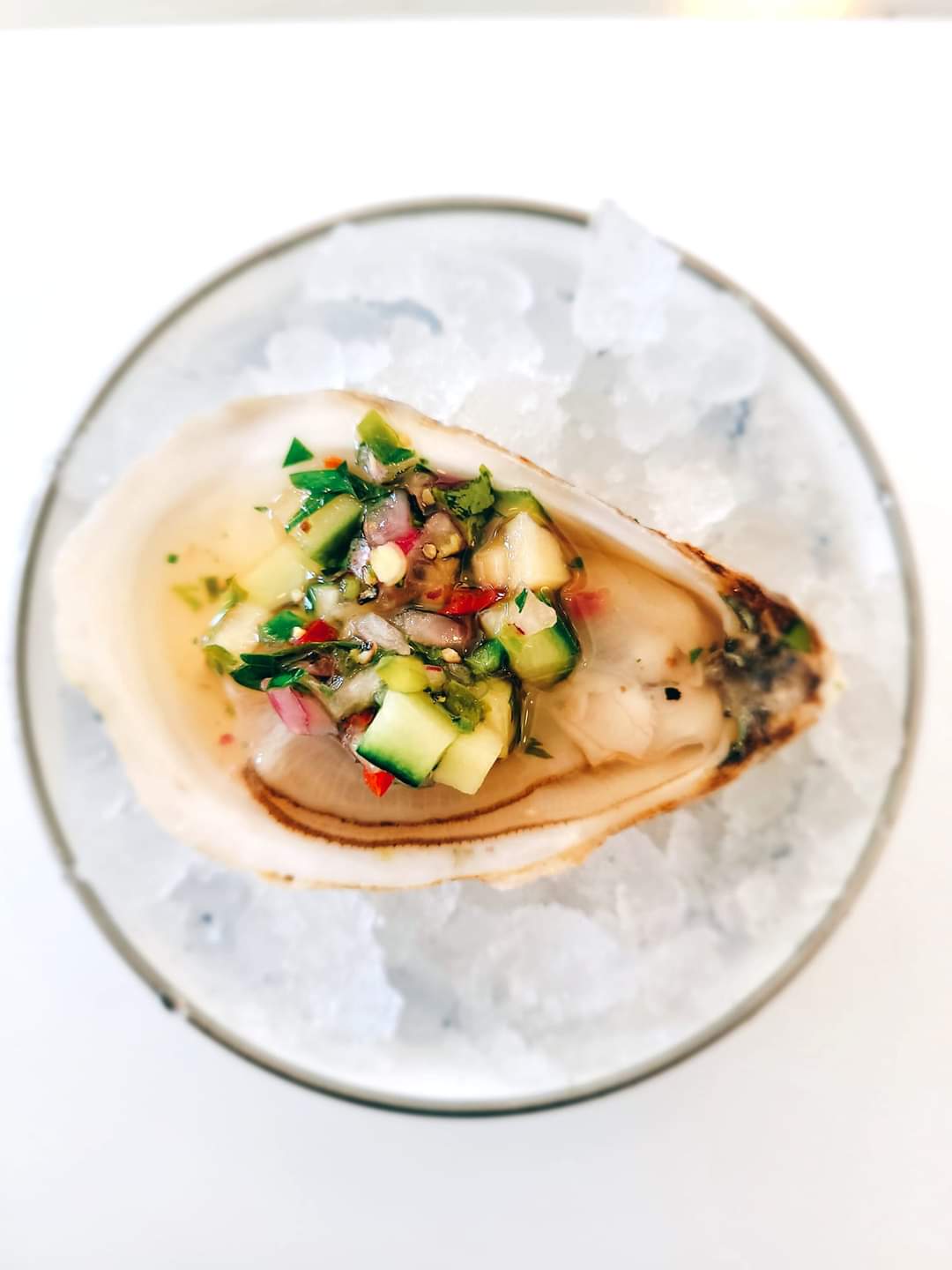
For their part, SoDel restaurants are in a rich area for both agriculture and aquaculture, Dickinson said. “We’re very fortunate for oysters to be out of the water 24 to 48 hours before they’re hitting our raw bars and hitting our tables.”
It’s not just about the sense of place, though. Dickinson said local oysters are similar to wine grapes, not in taste but in the way they take on characteristics of the area they’re grown.
“When the water’s colder, they have a crisper taste. And when the water gets warmer, they get a little bit rounder, more buttery feel and taste,” he said.
With its tens of thousands of customers, SoDel restaurants source seafood from all over the country, and they can’t rely too much on one grower – what happens if the boat breaks down? But, Dickinson said, they do serve Chesapeake Bay and Delaware Bay oysters.
They also buy oysters from a local oyster farming operation, Arrowhead Point Oysters in Rehoboth Bay. (Oyster aquaculture is only allowed in the inland bays at this point.)
But amid rising demand and a growing market, there are still only 18 acres leased for growing oysters in the bays out of an available 300 acres, according to numbers from the Department of Natural Resources and Environmental Control, which oversees the fishery. The agency said it has issued 15 leases since the program began, one of which was for research. Today, nine entities hold 10 leases.
If all 300 acres were in production, the oysters would be removing at minimum 4,630 pounds of nitrogen and 485 pounds of phosphorus from the bays each year, according to Anna Fagan, acting executive director of the Delaware Center for the Inland Bays.
“There’s an incredible potential for improving water quality in the bays, and then there’s also revenue potential,” she said. The oysters could be worth $6 million a year in sales, she said.
Want to support the Delaware Independent? Here's how
Barriers to success?
Oyster grower Mark Casey, owner of Delaware Cultured Seafood and president of the Delaware Aquaculture Association, has been front and center promoting the industry as it’s taken off, giving interviews for articles touting aquaculture and the potential of oysters.
It’s bigger than oyster farming, he says: Clean up the water so you can see your feet in it again, and watch the housing and tourism industries boom too.
But he says a litany of problems is holding the fledgling industry back, including water quality issues and too many regulations that don’t make sense. There are only seven commercial farmers left, he said.
“The regulatory hurdles are huge,” he said, also citing a lack of waterfront facilities in Delaware that process and ship oysters, and a need for more support from the state.
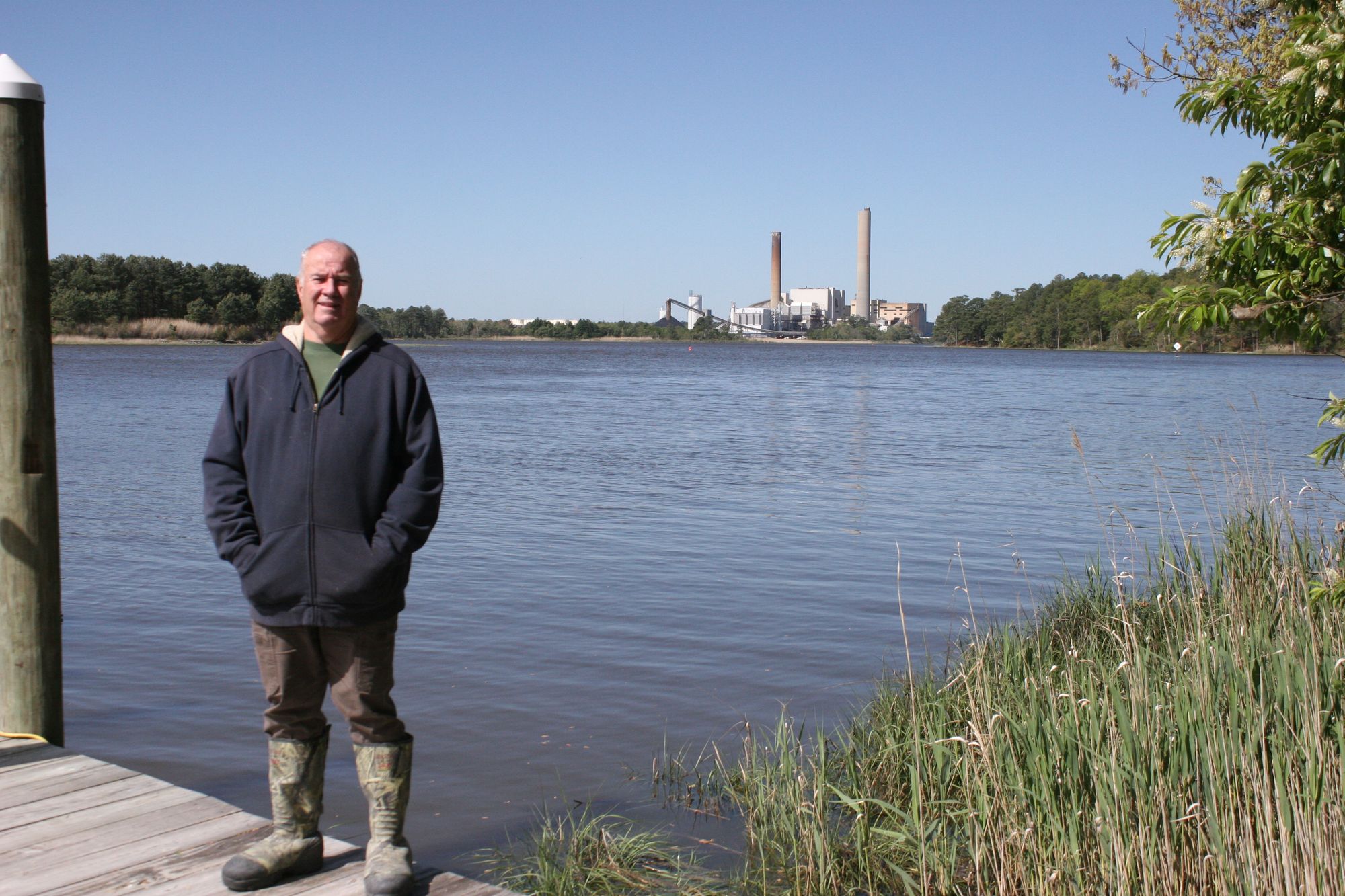
Oyster farmers say when the industry started, it was opposed by a lot of “not in my backyard” types worried about the impact on the bays, and that led to quite a few regulations dealing with the number of oysters that farmers have to plant, warning buoys and other markers they have to install, limits on where they can set up shop, how far apart the aquaculture plots have to be and more.
Oyster farmer Steve Friend of Friends Clams and Oysters has been in the aquaculture industry from the beginning in Delaware. He expressed frustration with local residents who had opposed the new industry, and with the state’s current oversight. He characterized state officials as not having good knowledge of the reality of oyster farming and conditions in the water.
“The regulations that DNREC put on us were really extreme, and it took you at least three to four months, once you started the process, until you got done,” he said.
DNREC spokesman Michael Globetti said in a written response that the department had to start a program “that would be compatible with recreational fishing, commercial fishing, hunting, boating, crabbing, kayaking, bird watching, and all other uses of the Inland Bays … DNREC has addressed safety concerns for boaters, for shellfish lessees’ investments, and for protection of natural resources via regulation.”
One regulation Casey dislikes is a rule that farmers have to “plant” at least 100,000 oysters per acre. That was put in place to make sure people were using the leases properly. But it also makes it more expensive for new farmers to get into the business, he said, and increases the workload. The cages the oysters grow in are heavier, and more crowded, which he said makes the oysters less healthy.
Casey also said he’d like to see more hobby farmers be able to get into the business.
“Somebody can buy, you know, 100 cages, and they can go out on weekends, and they can make $10,000 a year” and use that to go on vacation, Casey said.
But 100,000 oysters an acre is not hobby farming. It’s a lot of work.
“When I say ‘hobby farmers, they lose their mind (up at DNREC),” Casey said.
Globetti said DNREC is not aware of any evidence that the minimum planting rule reduces oyster quality. In fact, he said oyster operations in other areas have similar requirements.
Delaware’s aquaculture law specifies that it’s for commercial growers and not hobby aquaculture, he wrote.
With all the competing interests in the area, and the potential that people might hold leases speculatively or to prevent oyster farming, Globetti said, “it is important to maintain this planting minimum to ensure that leases are the intended commercial operations.” He added that there is a grace period of two years for new farmers when they don’t have to meet the minimums.
Another rule that frustrates Casey stipulates they can only harvest in a four hour window after sunrise. This is because of concerns over vibrio, a bacteria that can cause serious illness or death. But Casey said he isn’t even allowed to take oysters out of the water, bring them back to shore to sort and process and then return them to the water.
“I’m not gonna go sell oysters that kill people, because it’s going to put me out of business. What are you thinking? Let me manage my own farm,” he said.
According to the Delaware Shellfish Program, the state must follow national requirements to manage the risk of vibrio outbreaks, and there is more vibrio bacteria in the water when it is warm during summer months.
“The control method chosen is to limit the time from initial harvest to refrigeration by a certified shellfish dealer to five hours,” according to the program, and the best way to do that is with a harvest curfew of four hours. That also puts the harvest in the morning when temperatures are cooler.
“Oysters are among the most regulated food products in the United States, because they are frequently consumed raw,” Globetti wrote, and it’s not just the state setting the rules, but the FDA and the Army Corps of Engineers and related agencies.
Properly handled, oysters can be eaten safely, he said, but “there can be severe, even deadly human health consequences if there is a breakdown of the rules and regulations in this chain.”
Casey did not just have criticism for DNREC. In fact, he said, the agency led the charge to get the industry established against opposition. “They really did do a great service for us,” and they are helpful when farmers need to renew their leases.
But, Casey points to problems with the aquaculture system itself: It’s run by a regulatory agency, instead of by the Department of Agriculture, which he said has a mission of supporting farmers. (DNREC is in charge of overseeing a lot more than oysters.) Casey wants to see the agency’s mindset change to better support oyster farmers.
Globetti said the department has no way to offer financial support to the growers, but they continually talk about how to enhance the program and invite comment from farmers. They also are going through the process of making some regulatory changes that growers suggested, he said. Casey described this process as the growers asking for regulatory relief, and getting more regulations.
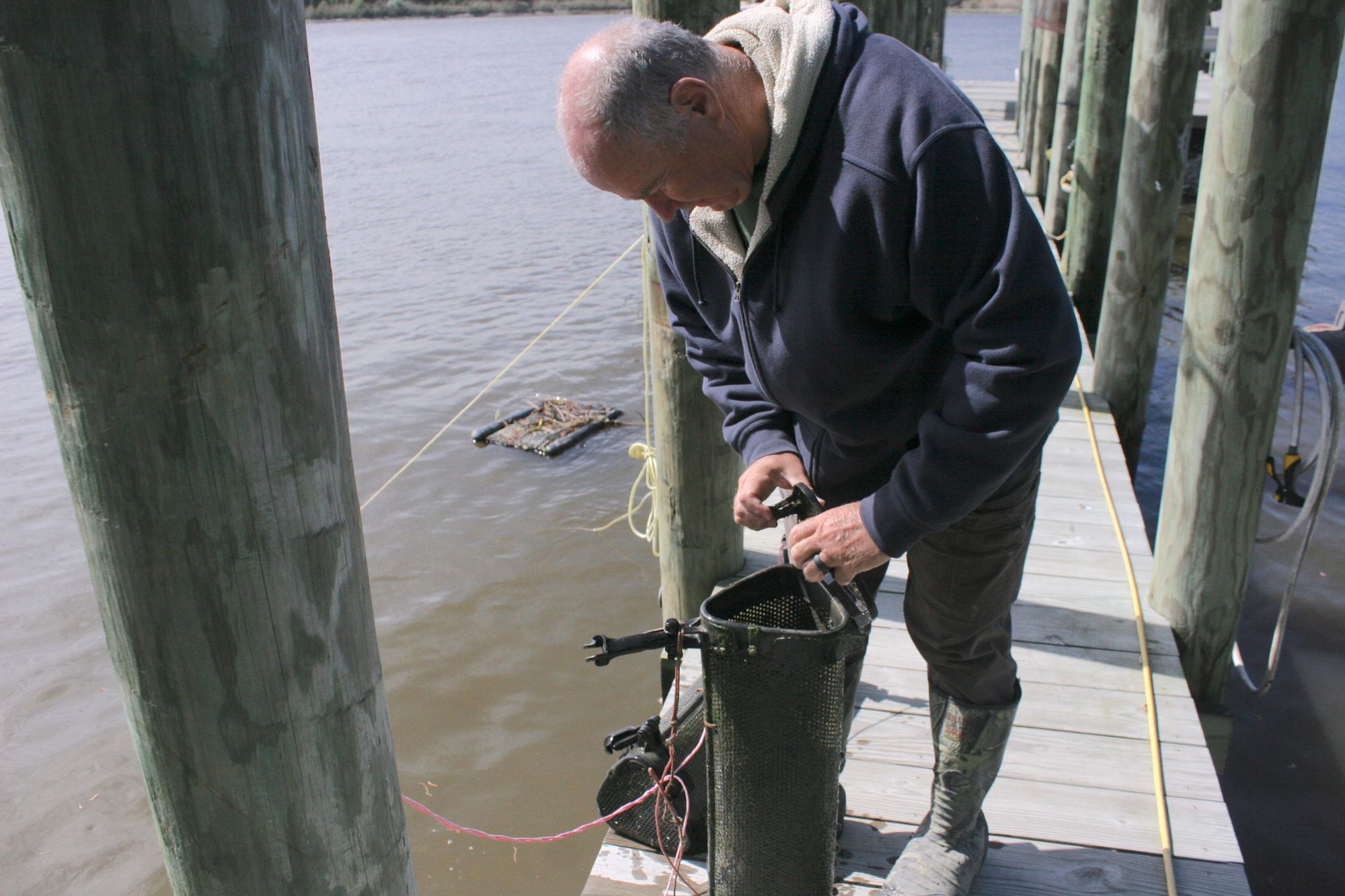
Other challenges
The oyster industry in Delaware is having other growing pains. One is that the industry support system has not yet grown up around farmers, leaving a distribution bottleneck. Casey said oyster harvesters on the Chesapeake Bay can pull up to a dock, sell their oysters to processors and distributors, and take their check. In Delaware, there are no such distribution operations, in part because of the high price of real estate around the water. That means farmers taking on more of the load themselves.
The industry is also behind in promotion, Hale noted, with other states like Maryland and Virginia having much better established oyster industries.
“Our marketing is limited because we’re fighting against juggernauts in the field. Imagine trying to sell chickens next to Purdue; you’ll have a hard time. That’s what we’re up against,” Hale said.
Friend said he tells the state that they’re preaching tourism and spending millions of dollars advertising for it, but “you don’t have to preach that no more. These people know where this little state’s at.”
“What kind of advertisement do you do for the fishing industry? … They don’t do anything to prop up the industry that’s already here.”
Another problem has to do with supply – to grow oysters you need baby oysters, called spat, to start with.
Delaware also doesn’t have much in the way of hatcheries to supply spat to the farmers. Hale said there are dozens of hatcheries on the Eastern Seaboard, and six in Maryland alone, but no commercial hatcheries in Delaware. He is, however, helping spearhead a new one at the UD campus in Lewes and work is already underway.
The baby oysters also need old shell to grow on and getting shells can be a challenge.
While the Center for the Inland Bays runs a program called Don’t Chuck Your Shucks, with participating restaurants turning in used shells, Casey said a lot of shell still ends up in the landfill because used shells have to be processed to get rid of disease and it’s a pain for restaurants.
More than 20 restaurants are participating in the program, the center’s Fagan said, but funding and staffing limit how much the center can grow the program.
All these challenges put together, according to Casey, are hurting farmers, and the industry could continue to decline if changes aren’t made.
“You might have one or two farmers here that are working,” he said, aside from himself. “... And maybe there’ll be a new guy or two in the industry, but it’s just so hard.”
More stories:
